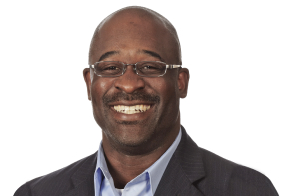The stunning need to address care inequality
Wondering how long you’ll live? Research suggests that the best predictor isn’t your genetic code but your ZIP code. In Chicago and Washington, D.C., living in the right neighborhood can add nearly 30 years to your life. This suggests that social factors like poverty, pollution, crime, access to healthy food, and distance to care play crucial roles in health outcomes. Minorities and low-income Americans are disproportionately impacted by these social determinants.
1. Offer multiple ways to access care.
“While we’ve seen a boom in technology, virtual health, and really creative ways to engage patients, I've also seen a lot of patients get left behind,” said Dr. Tomlinson. Vituity has responded by finding ways to meet patients where, when, and how they need care, a concept called Health in Place. For example, Vituity’s street medicine programs provide medical care to unhoused people at shelters and encampments. In 2020, Tomlinson launched the Vituity Cares charitable foundation with a mission to provide health outreach to underserved communities.
2. Use technology to identify and bridge care gaps.
Devdutta Sangvai, MD, MBA, vice president of population health management at Duke University Health System, described how his organization assists patients with unmet health needs. When an individual presents to any of Duke’s clinics with elevated blood pressure, for example, the clinician flags the EHR. The patient is then referred to the appropriate department for further evaluation.
























